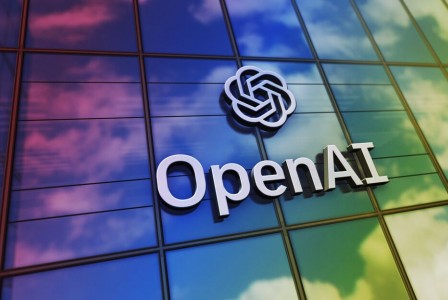SEARCH
Microsoft unveiled an analog optical computer that processes data using photons and electrons

SHARE IT
Some people continue to think that "Moore's Law" may be nearing its limits for common transistors used in PC construction. The late Gordon Moore of Intel predicted that a processor's transistor count will quadruple every two years. Moore died away earlier this year.
Microsoft Research stated that it has been developing a computer that processes data using photons and electrons rather than transistors for the past three years. The Analog Iterative Machine (AIM) is what it is known as, and it is described in a blog post as a way to get around Moore's Law and as a potential tool for solving particular problems.
Microsoft says:
Analog optical computing thus involves constructing a physical system using a combination of analog technologies – both optical and electronic – governed by equations that capture the required computation. This can be very efficient for specific application classes where linear and non-linear operations are dominant. In optimization problems, finding the optimal solution is akin to discovering a needle in an inconceivably vast haystack. The team has developed a new algorithm that is highly efficient at such needle-finding tasks. Crucially, the algorithm’s core operation involves performing hundreds of thousands or even millions of vector-matrix multiplications – the vectors represent the problem variables whose values need to be determined while the matrix encodes the problem itself.

Microsoft claims in another blog post that Lee Braine of the banking institution Barclays is utilizing the Analog Iterative Machine to aid with the tracking of large-scale financial transactions including stock buying. From Microsoft:
The problem is difficult to solve because of the volume of transactions. Braine says these transactions are usually described as delivery versus payment. A simple example is the delivery of a security for a cash payment – 100 shares in a company for $1,000. The problem is that every transaction and every player is subject to various constraints, including regulations and the balances available.
The amount of these kinds of trades is staggering. He cited the example of just one clearing house, DTCC, whose subsidiaries processed transactions worth $2.5 quadrillion in 2022. (One quadrillion is equal to 1,000 trillion.) Because clearing houses are used by most large banks, the research has the potential to benefit the entire banking system.
A one-year trial of Microsoft's AIM will be conducted by Barclays. If it is effective, additional financial tasks like fraud detection may employ this form of optical computer.
MORE NEWS FOR YOU

 Help & Support
Help & Support 

